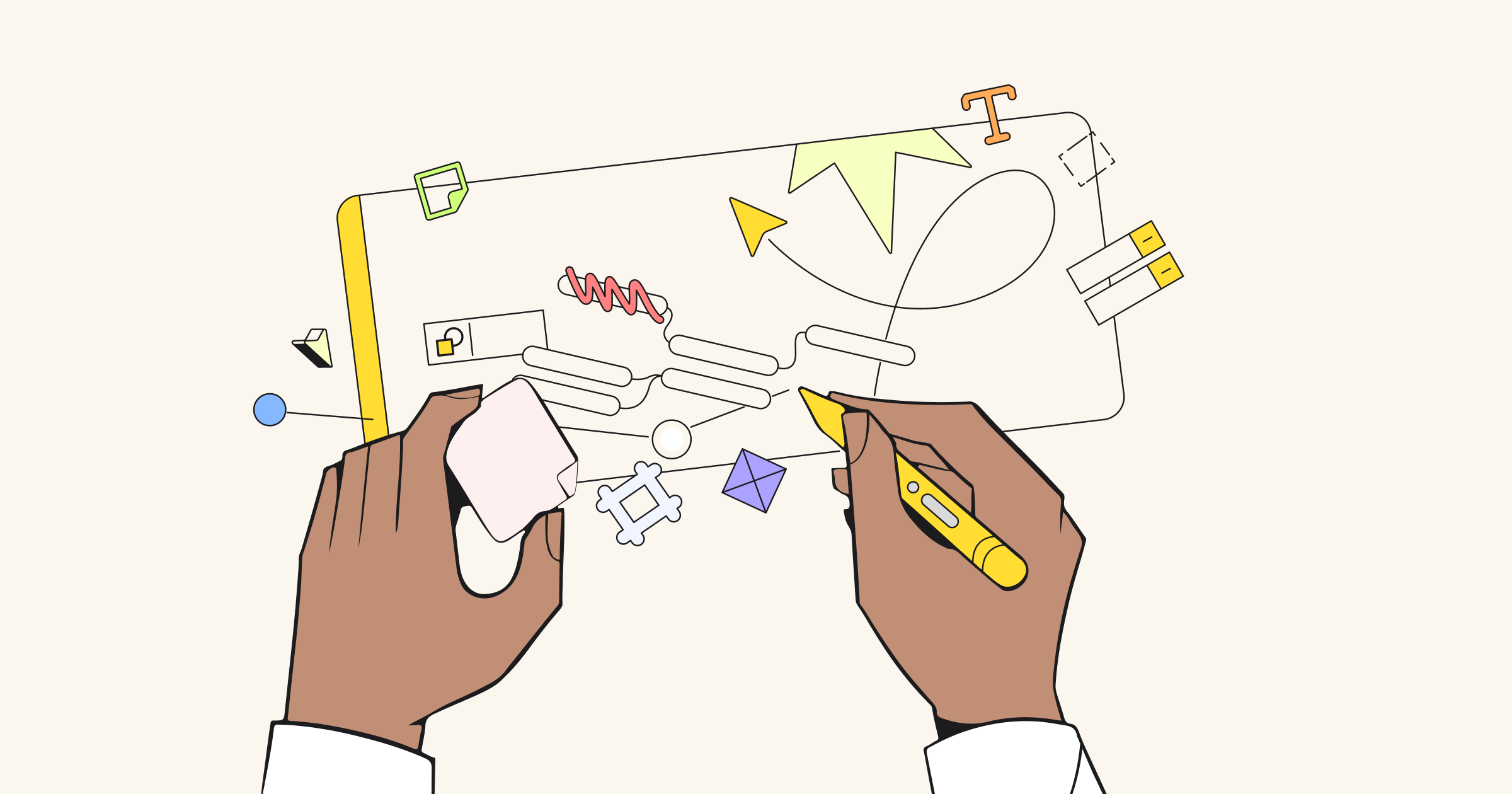As part of San Francisco’s annual Design Week, we wanted to activate the design community around the topic of brand design. Following our company’s own rebrand earlier this year, we were curious: Why is it actually important for tech companies to invest in the brand? To investigate, we brought three leading voices within the tech and brand space from Dropbox, Pinterest, and Cloudflare to get a sense of the role of brand design and experience within a dynamic tech space, and the ways that brand teams align with company vision. Read on for some key highlights from the panel, or watch the full recording from the event.
Our panelists include:
| Collin Whitehead Head of Brand Studio at Dropbox |
Jessica Rosenberg Head of Brand Design at Cloudflare, Inc. |
Tim Belonax Design Director at Pinterest |
What is the business value of a brand?
CW: The reality is, you don’t need a strong brand. I don’t think you have to have that. It’s just if you want to have a long life as a business, you want price elasticity, you want real love from your customers and you want a relationship with them, then you do. It is important to invest, even if it is an engineering-centered culture or product-centered company.
JR: There’s such a strong need to differentiate and tell your company’s story. Brand helps you communicate the essence of who you are. If it’s just the product doing the work, telling the brand story can take the product that much further.
TB: Brand is key for moving the business forward. I work on the advertiser side of the brand team, and so that’s about talking to advertisers about why it’s great to use this product and how you can reach people at the right mindsets. We don’t think about it as B2B or B2C. This is human-to-human communication. What are the mindsets of these people that come in here, and how can we address them? When you’ve got two of the same products that you’re looking at, brand is going to be the differentiator.
How do you measure the effectiveness of brand design?
CW: Anyone that tells you that you can measure the effectiveness of a brand campaign … it’s a sack of lies. You can’t give a clear immediate and tangible result in the investment of a brand. The only thing that I use is a metric around quality design. Consistent quality over time is what we’re trying to do. A brand is the mental space a brand takes up in the brain. For us to be consistent in our relationship with our customers, quality is the number one metric.
TB: To prove value externally, there’s a variety of ways. Surveys can go out, like your NPS. People forget that brands can serve as insurance. When you look at strong brands that have lasted through time, they’ve gone through some rocky things, but they come out clean at the end because they’ve invested in the brand and because people see them as trustworthy and forgive them more easily. I don’t know if we’ll ever be able to measure that. Tech loves to measure everything, but at what point will it become fuzzy? We’ll find out.
JR: As our company has been scaling and growing our teams slowly, the company realizes the effects that brand design has on our business. If you look at our direct competition, I don’t think our competitors really care about helping our customers understand technical and complex concepts. A lot of what my team does is distill those complex concepts into illustrations, animations, or booklets that are delightful and easy to understand and don’t make security super scary. Seeing the reactions of our customers to the work we put out can measure the effectiveness.
I believe that brand is reputation. It’s what people say when you’re not in the room.
—Tim Belonax, Design Director at Pinterest
How do your brand teams measure success?
JR: For us, it’s making sure we’re solving problems in a successful way. It’s not just the quality of work, but the quality of problem-solving. Not only is that the output of the work, but how we’re working with our partners. Sometimes we are working so fast and the pace is insane and we have so much work thrown at us that we unfortunately have to sacrifice quality because our team is small and scrappy. But the reality is that we are all showing up and doing our best given the circumstances. Moving toward a goal is successful in my eyes.
TB: It depends on the problem. One of the ways we measured success was through shorter meeting times in the IPO because people understood what was going on. It was a good indicator of what went well. For those who aren’t on the brand team, you might hear them say “Oh, that feels like Pinterest or it feels Pinterest-y”. For them it’s that feeling in their gut, it’s this unknown quality that they can’t articulate. Part of our job is to educate that group to say, “This is what brand is, this is the value that it can bring”. I believe that brand is reputation. It’s what people say when you’re not in the room. That is shaped by a lot of what happens on the brand team.
CW: Where I’ve seen us fail as a team is when we compromise the quality of the design process, the fabrication, and the research time put in. We are absolutely ruthless about the quality of our work and over time that builds the brand we see today. There are so many flaws and we don’t have it all figured out. Even if it’s the wrong brief or a truncated timeline, we rightsize whatever the creative output is so we can optimize for quality.
Read more about why and how to rebrand a tech startup here
How does the brand team become a strategic partner within a company and not just an executioner of other team’s ideas?
TB: Be a problem seeker, not just a problem solver. When you are seeing problems in your company and you’re saying: “That’s a problem that the brand can solve, I’m going to go do that,” that’s when you start to build in that strategy. You’ve got to find that time and energy for yourself to do those kinds of things. For example, we changed our red recently. We went through different folks on product, folks on brand, and through legal review. This closer synergy showed at scale. We’re getting closer together to bring one experience, and not letting our org chart show through our design.
JR: I encourage designers on my team to ask why. Like, “Why do you need this thing redesigned? Why are you presenting me with this solution?” That extra effort that a designer can put forward makes all the difference. It can feel really painful and cumbersome at first. Maybe your team is used to being reactive, and there’s no space yet for your team to be proactive. It’s up to your teams to create that space for themselves. For example, last year we started doing Studio Thursdays every month. It’s an entire day offsite somewhere where the brand team just works on projects we want to work on. It gives us the time and space to do fun stuff, and not just execute on inbound projects.
CW: My personal belief is that you need a strategy function in your side of the house that speaks and defends the creative. For the IPO, we put our illustrators and presentation designers directly with our finance team and they gave us really great business problems. They didn’t give us a solution that needed execution. Connecting design to the real business and giving them the opportunity to brief us on how we make money was enlightening for my team. We’ve tried to keep that relationship up so our illustrators understand our business model — they care about it, and they understand our user segmentation. Having us really plug into the business in a different way has enabled us to prove value in what we do, and express and tell the story of the business.
Who is nailing brand design?
TB: Penguin Books. Over time Penguin has delivered really great objects, really great stories. They build trust and consistency.
CW: Mailchimp. They are doing so much good for our field. They just rebranded, they are constantly taking risks, they are investing in artists, and they are pushing themselves in a way that seems completely outsized relative to their business.
JR: Care/of. The brand is so delightful. It’s personalized, the onboarding is well designed, it’s friendly, and the little packets are customized with your name on it. The vitamin industry is really boring and not very sexy, and they’ve put a delightful, pleasant spin on it.


